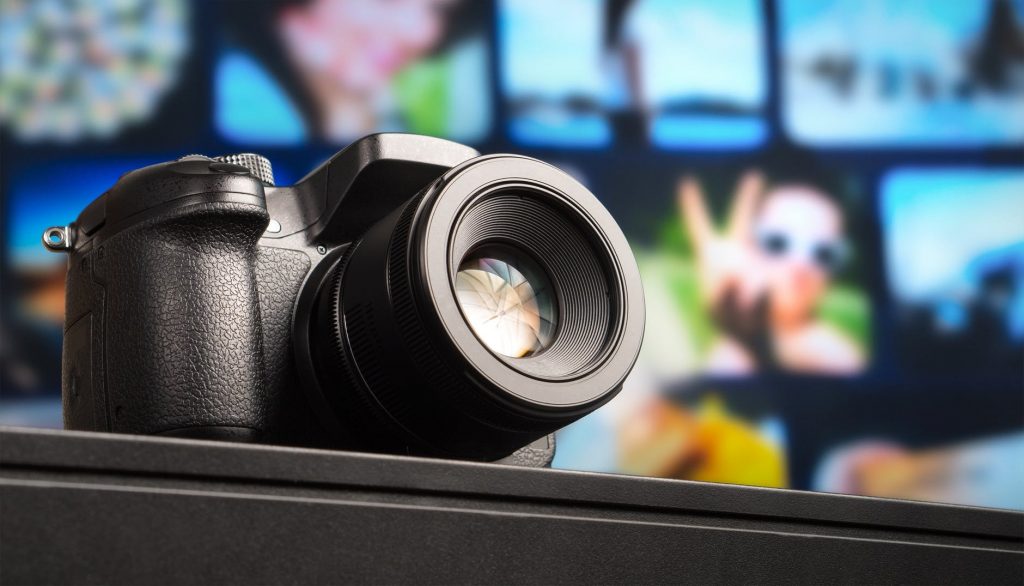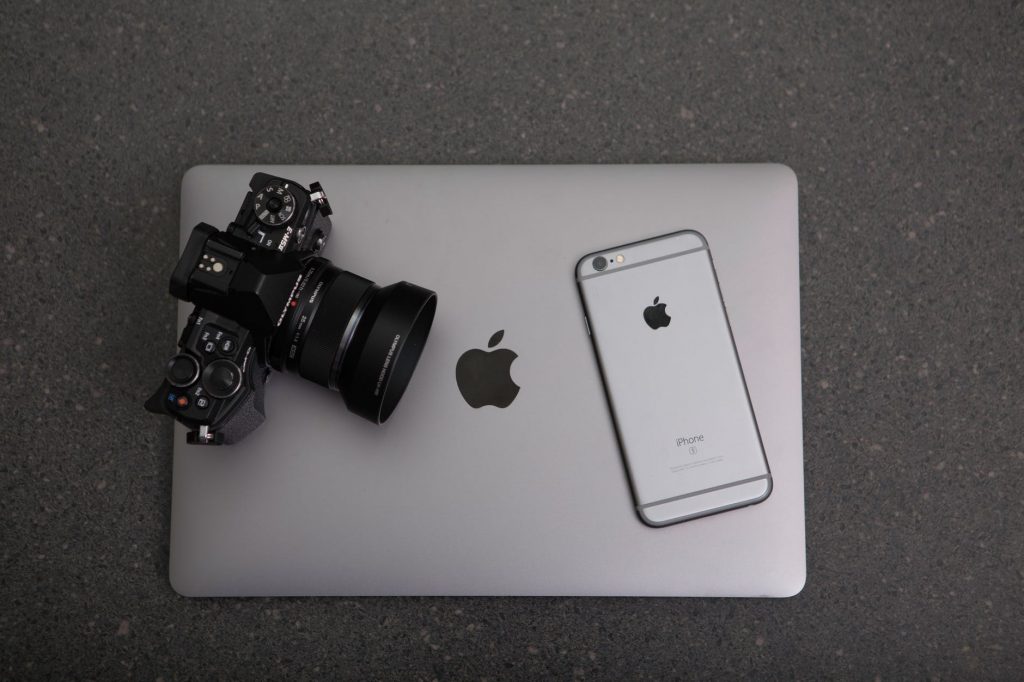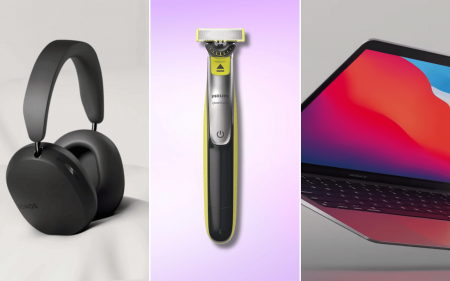A few weeks back we provided all you folks working from home a handy guide on how to use that crusty old smartphone lying at the bottom of your drawer as the best webcam you didn’t have to buy. Well, not satisfied with leaving it at that, and with some assistance from the fine folks at Engadget, we thought we’d take things a step further and show you how to set up an even better webcam that’s not actually a webcam. Specifically, a DSLR. One of those fancy, powerful Nikon, Canon or any other fancy cameras. It’s surprisingly easy, if you know what to do. Let us help you with that.
Canon ball!
If you’re into photography, you probably have one of these gfuys lying around somewhere. Hopefully not actually lying around because they’re pretty danged expensive. Most DSLRs have ports that let you plug them into a PC, either a USB-C for modern variants or an HDMI port for older models. The only problem is that most PCs don’t have built in video-capture cards, meaning they can put out video footage but not take it in. Which is pretty important for a webcam, obviously.
Fortunately, when you can’t fix the hardware you can usually fix the software. Canon has recently shown off the beta version of its EOS Webcam Utility program which allows certain Canon cameras to output video to a PC. Once you’ve installed EOS Webcam Utility, restart your PC, connect your camera with a USB cable and you’re all set. Turn on the camera, switch it to movie mode and tweak all the settings that matter, like focus and aperture.
Once you’re happy with how you look, open up the video app you’re using and select EOS Webcam Utility Beta as your webcam. You’ll need an external mic and image processing is a hair slower than audio, meaning there’s the slightest of delays, but it’s barely noticeable.
Nikon artist
For Nikon, it’s basically the same procedure. The difference is that Nikon doesn’t have proprietary software for webcam implementation. No matter, download third-party app SparkoCam, which is compatible with most modern Nikon cameras. Once you’ve downloaded it, follow the exact same steps above; so install, restart, plug in, adjust settings and fire up the video app. When it comes to selecting a webcam in your video chat app, just choose SparkoCam. Easy, right?
You’ll need an external mic and, unfortunately, this is one of those annoying apps that requires money if you want the premium experience. You can use the free version but you’ll have to deal with a large watermark on your image. While it might be gross to (constantly) have to display a brand of a company that’s not yours when you conduct meetings, the alternative is forking out $50 (R920) for the premium version, which is a lot of cash for a watermark removal. Look, you also get a green screen and some video effects, but that’s still pretty pricey.
Going off brand
If you don’t own either a Nikon or Canon, then we have some bad news for you. While it’s entirely possible to connect your camera up to your PC, you’ll have to jump through some more expensive hoops. Investing in a USB capture device able to convert the video signal from your camera to a USB signal is…well, it’s not cheap with most of them setting you back a couple thousand bucks. If you’re intent on spending the cash, then we’d recommend the Corsair Elgato Stream Deck Mini, which will set you back around R1,899. It’s predominantly used by streamers and for good reason; it’s an incredibly versatile signal converter that’s remarkably easy to use.
Of course, the benefit of spending this cash is that the device is super easy to use, automating most of the process. Just plug it into your PC, the software and drivers usually install on their own accord and then you’re set to throw in your camera. Easy, but expensive.
(Source: Engadget)






